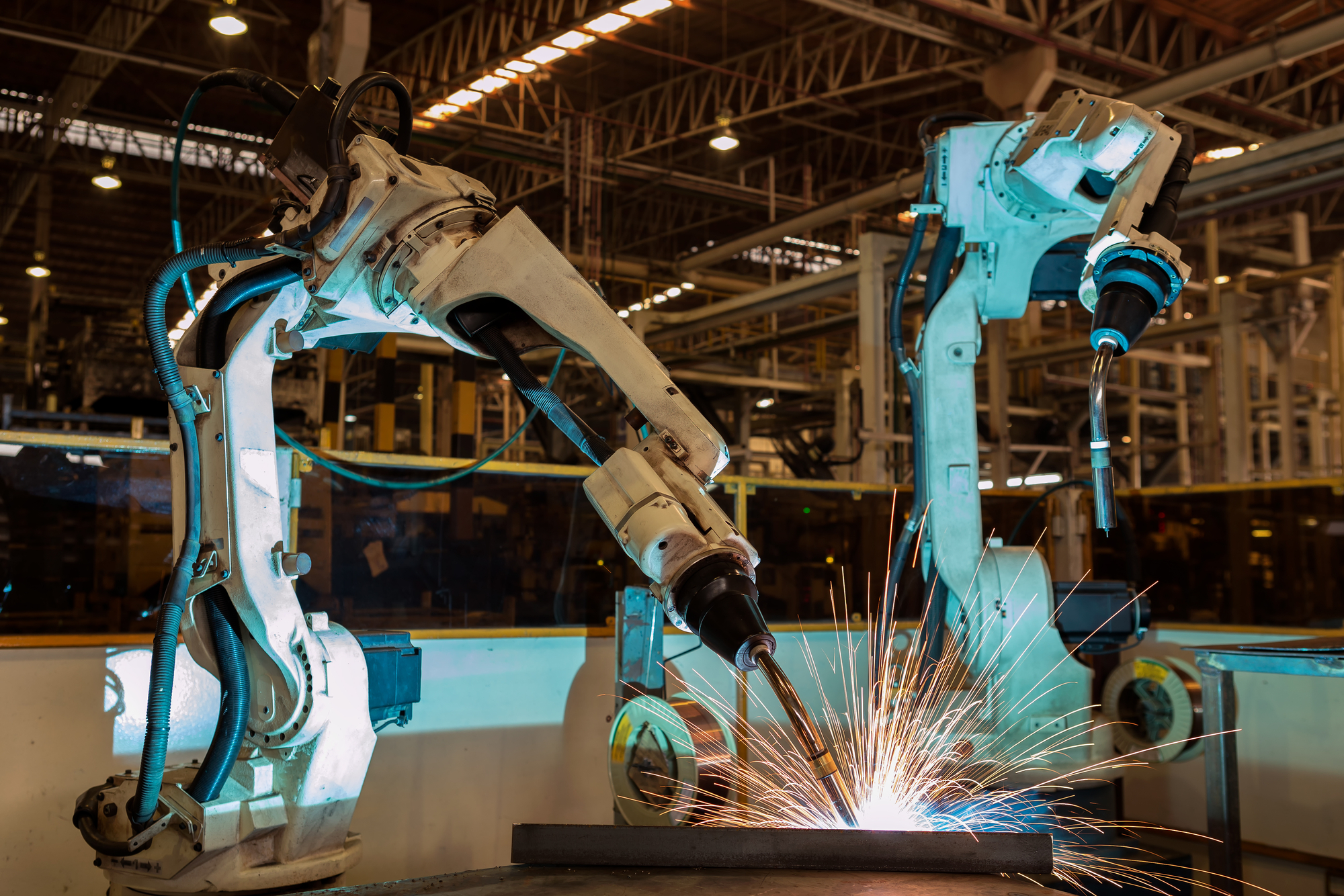Discover how automation in construction is revolutionising British building sites, promising faster completion times and unprecedented precision that could save you thousands.
The Rise of Construction Automation in Britain
The UK construction industry is experiencing a dramatic shift towards automation, with research indicating a 35% increase in automated construction processes since 2022. This transformation is particularly evident in major urban centres like London, Manchester, and Birmingham, where innovative building techniques are becoming the norm rather than the exception. The adoption of automation technologies has been accelerated by several key factors, including the persistent skilled labour shortage, with current estimates showing a 22% workforce gap in the construction sector. Traditional building methods, while still valuable, are being enhanced and sometimes replaced by automated solutions that offer greater efficiency and consistency. The impact is particularly noticeable in large-scale commercial projects, where automation has reduced construction times by up to 30% compared to conventional methods.
Core Automation Technologies Reshaping Construction
- Collaborative Robots (Cobots): Advanced machines working alongside human workers for tasks like material handling and precise assembly
- Building Information Modeling (BIM): Digital 3D modeling systems integrated with real-time project management
- IoT Sensors: Smart devices monitoring structural integrity, temperature, humidity, and safety parameters
- Autonomous Equipment: Self-operating machinery for excavation, grading, and material transport
- Prefabrication Systems: Automated factory-based construction of building components with precision quality control
- Drone Technology: Aerial surveying and inspection capabilities with advanced imaging systems
Direct Benefits for Your Construction Project
The implementation of automation in construction projects yields substantial benefits that directly impact your bottom line. Projects utilizing automated systems have reported cost reductions of up to 20% through improved efficiency and reduced material waste. Timeline compression is another significant advantage, with automated processes enabling 24/7 operations in controlled environments, particularly in prefabrication facilities. Safety statistics show a 45% reduction in on-site accidents where automated systems handle high-risk tasks. Quality control has reached unprecedented levels, with automated systems achieving accuracy rates of 99.9% in repetitive tasks like bricklaying and welding.
Practical Applications in Today’s Building Sites
- Automated Bricklaying: Robots capable of laying up to 3,000 bricks per day
- Robotic Welding Systems: Achieving precision welds with 100% consistency
- Automated Material Handling: Smart systems managing inventory and logistics
- Digital Project Management: Cloud-based platforms coordinating all aspects of construction
- 3D Printing Technology: On-site production of custom building components
Overcoming Implementation Challenges
While the benefits of construction automation are clear, implementation comes with its own set of challenges. The initial investment required for automated systems can range from £50,000 to £500,000, depending on the scale and complexity of the technology. Training requirements are substantial, with workers needing an average of 120 hours of specialized instruction to operate advanced systems effectively. Integration with existing processes requires careful planning and often a phased approach to minimize disruption. Regulatory compliance remains a crucial consideration, with the UK’s Construction Industry Council establishing new guidelines for automated construction processes in 2024.
Future-Proofing Your Construction Project
To ensure your construction project remains competitive and efficient in the evolving industry landscape, strategic planning for automation integration is essential. Begin by conducting a thorough assessment of your project’s specific needs and identifying areas where automation can provide the most significant impact. Research indicates that projects incorporating automation from the planning phase are 40% more likely to meet both budget and timeline targets. When selecting automated solutions, prioritize systems that offer scalability and compatibility with existing infrastructure. Working with automation-ready contractors can significantly smooth the transition, with experienced partners typically reducing implementation time by 60%.
Making the Transition to Automated Construction
- Step 1: Conduct a comprehensive automation readiness assessment
- Step 2: Develop a phased implementation plan
- Step 3: Select appropriate technology partners and solutions
- Step 4: Train staff and establish new workflows
- Step 5: Monitor and optimize automated processes
- Step 6: Scale successful implementations across projects
The Future of British Construction
The construction industry in Britain is poised for a technological revolution, with automation leading the charge. Emerging trends indicate that by 2025, 65% of construction tasks will involve some form of automation. Environmental impact considerations are driving innovation, with automated systems reducing construction waste by up to 30% and improving energy efficiency by 25%. Industry predictions suggest that by 2026, automated construction methods will become the standard for all major building projects in the UK. This transformation will require construction professionals to adapt their skills and embrace new technologies, with an estimated 80% of construction jobs requiring digital literacy by 2025. The future of British construction is automated, sustainable, and more efficient than ever before, promising better outcomes for builders and clients alike.
FAQ
What is the latest technology in building automation?
IoT Integration for Smarter Buildings The Internet of Things (IoT) is a game-changer in the world of building automation. With IoT devices, sensors, and controllers, facilities can achieve seamless connectivity across various systems, including lighting, security, climate control, and access management.
What are three examples of automation?
Examples of automation range from a household thermostat to a large industrial control system, self-driven vehicles, and warehousing robots.
Who is the leader in building automation?
Building Automation System Companies – Honeywell International Inc. (US) and Siemens (Germany) are the Leading Manufacturers. The building automation system market is expected to reach USD 155.9 billion by 2028 from 88.4 billion in 2023, at a CAGR of 12.0% during the 2023- 2028 period.
Which tool is used for build automation?
Licensing
Sources
[1] https://www.scimagojr.com/journalsearch.php?q=24931&tip=sid
[2] https://en.wikipedia.org/wiki/Automation_in_Construction
[3] https://www.autodesk.com/design-make/articles/construction-automation


Leave a Reply